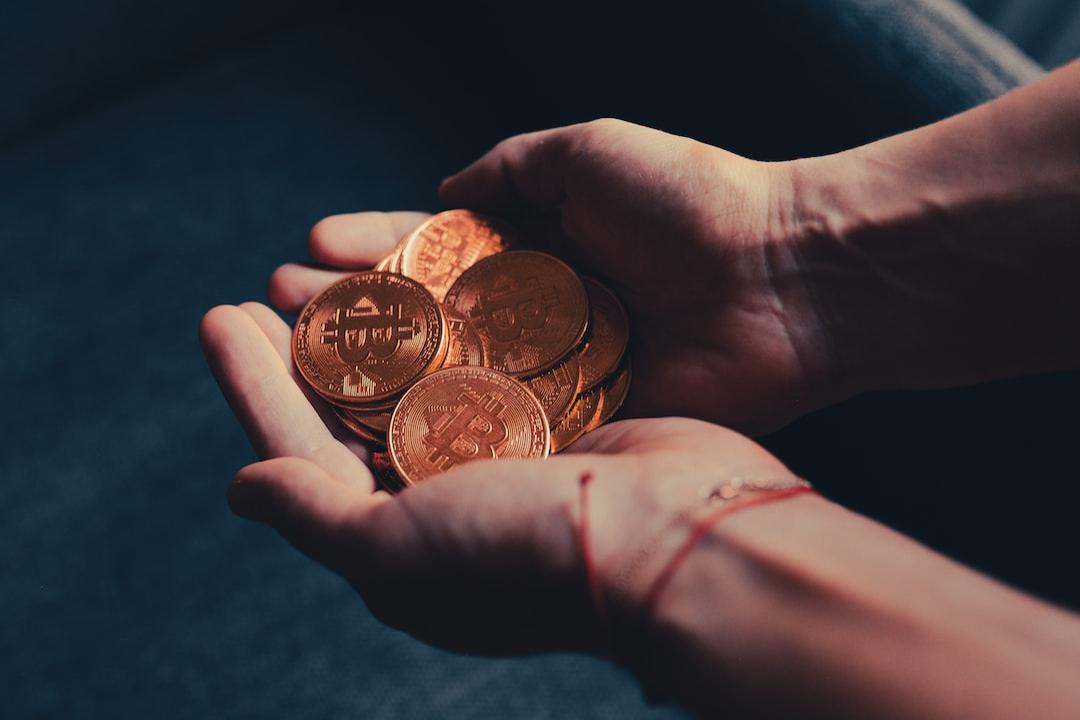According to economist Matthew Ferranti of the Bitcoin Policy Institute (BPI), Bitcoin has the potential to become an ideal reserve asset for central banks, similar to gold. This assertion comes at a time when many countries are reevaluating their reserve strategies due to geopolitical tensions and financial instability. Currently, El Salvador is the only country officially holding Bitcoin as a reserve, but Ferranti suggests that other nations may quietly consider adopting similar strategies.
Ferranti’s analysis presents Bitcoin as a hedge against crises, much like gold has been throughout history. He argues that the inherent characteristics of Bitcoin make it an excellent choice for central banks looking to diversify their reserves. As countries face economic challenges, the resilience and unique qualities of Bitcoin could provide much-needed support.
There are several key advantages of Bitcoin that Ferranti highlights as favorable for it to be considered a reserve asset. Firstly, Bitcoin’s decentralized architecture and resistance to counterfeiting make it more resilient during financial crises when trust in traditional banking systems may be compromised. Secondly, the limited supply of 21 million coins creates scarcity and acts as an inflation hedge, making it attractive for countries experiencing rising inflation rates. In contrast, fiat currencies can be printed at will, leading to depreciation. Thirdly, Bitcoin’s liquidity is another crucial advantage. With a substantial market and high trading volumes, it can easily be converted into cash or used in transactions, meeting the operational needs of central banks. Lastly, Bitcoin’s decentralized nature could provide nations with a way to bypass financial restrictions imposed by economic sanctions, making it appealing for countries at odds with dominant economic powers.
However, Ferranti advises caution and emphasizes that Bitcoin and gold may not be suitable for all central banks universally. Each country has its own economic circumstances and reserve requirements that must be considered. A tailored strategy that takes into account the unique financial landscape of each nation is essential when contemplating the inclusion of Bitcoin in the reserve portfolio.
Ferranti’s arguments come at a time when many central banks are seeking to diversify their assets to mitigate risks. With economic disruptions increasing due to events like the COVID-19 pandemic and ongoing geopolitical conflicts, countries are showing more interest in alternative reserve assets. Bitcoin’s potential as a hedge against various economic challenges, such as inflation and sanctions, could make it an attractive option for central banks looking to strengthen their financial security. As more nations consider their options, the conversation surrounding Bitcoin’s role in the global financial system may gain momentum.
If Bitcoin is ultimately recognized as a legitimate reserve asset, it could signal a significant shift in the global financial landscape. The acceptance of digital currencies by central banks would not only validate the technology behind Bitcoin but also open the door for other cryptocurrencies to be considered in similar capacities.
As the world continues to adapt to economic challenges, discussions about Bitcoin as a reserve asset are likely to become more prominent. Ferranti’s insights contribute to this important conversation, positioning Bitcoin as a key player in the future of central banking.
In conclusion, although the journey towards Bitcoin being accepted as a reserve asset is still in its early stages, its unique advantages make it worthy of consideration. As more central banks explore the potential of digital assets, Bitcoin may find its place alongside gold in the global reserves of the future. The financial landscape is changing, and Bitcoin could play a crucial role in that transformation.

